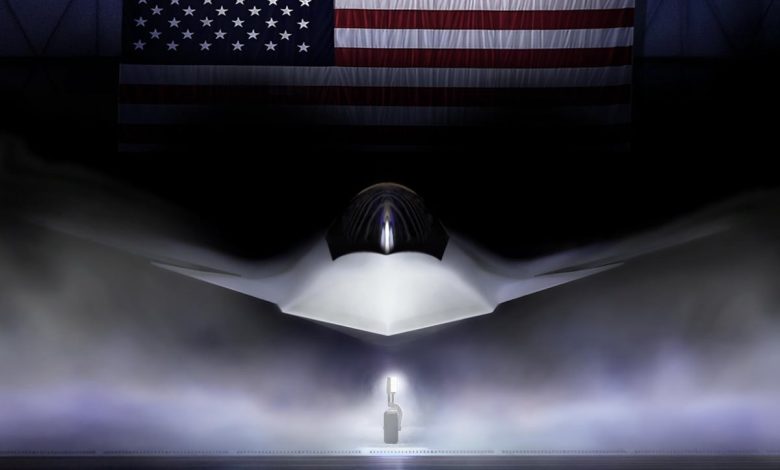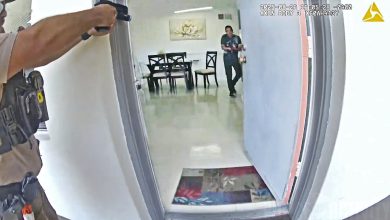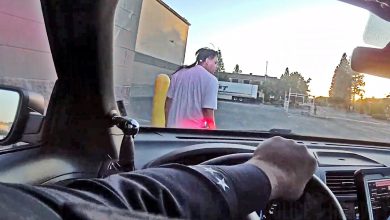Air Force eyes longer range for F-47 as combat edge in Pacific theater

The Air Force plans for its sixth-generation F-47 fighter to be able to fly significantly farther than previous jets.
In a graphic posted Tuesday on X, formerly known as Twitter, Air Force Chief of Staff Gen. Dave Allvin said the F-47 would have a combat radius of more than 1,000 nautical miles, advanced stealth capabilities, and be able to fly at speeds greater than Mach 2, or more than 1,500 miles per hour.
Allvin’s post also said the first generation of semi-autonomous drones known as collaborative combat aircraft would have a combat radius of more than 700 nautical miles and stealth comparable to that of the F-35. Combat radius refers to how far an aircraft can fly away from its base or last refueling point, reach its target and carry out its mission, and safely fly back, and roughly equates to half of a plane’s total range.
If those predictions pan out, the F-47 would have a greatly expanded range than the F-22 Raptor, whose combat radius is 590 nautical miles, and the F-35A, with a combat radius of 670 nautical miles. It would also be much faster than the F-35A, whose top speed is Mach 1.6, or about 1,200 miles per hour.
That higher range would be a major benefit during a potential conflict with China. A war in the Pacific would require the Air Force’s aircraft to cross stretches of ocean to reach their targets, in contested airspace where aerial refueling may not be possible. Air Force leaders and aviation experts have expressed concern about whether the service’s existing aircraft would have enough range to get to Chinese targets on their own.
The Air Force also shifted course while the first CCAs were being designed to increase their range. In a July 2024 interview with Defense News, former Air Force acquisition chief Andrew Hunter said the service brought operators from Air Combat Command in to consult with acquisition experts on what CCAs would need to do operationally.
Those operators flagged a range shortcoming in the early plans for CCAs, which would have kept them from flying far enough to be effective in combat, Hunter said. This would particularly have presented a problem in the Pacific.
Hunter declined at that time to describe the CCAs’ range, but said the Air Force pushed contractors to find a “sweet spot” of enough range, at a reasonable price and on schedule.
The companies making the first two CCAs are General Atomics and Anduril Industries, which will build the YFQ-42A and YFQ-44A, respectively. Allvin’s post said their top speed is classified.
Allvin’s post also said the service hopes to have the F-47 and CCAs operational by the end of the decade. He said the Air Force will buy at least 185 F-47s — at least as many as the F-22, which the F-47 is meant to replace — and more than 1,000 CCAs.
Former Air Force Secretary Frank Kendall last year put the NGAD program on hold due to concerns about costs. Each NGAD fighter was originally likely to cost about three times as much as an F-35, or as much as $300 million per tail.
That cost would have limited how many NGAD fighters the Air Force could have bought, Kendall said last summer, and prompted the service to rethink the program and look for ways to bring costs down.
Stephen Losey is the air warfare reporter for Defense News. He previously covered leadership and personnel issues at Air Force Times, and the Pentagon, special operations and air warfare at Military.com. He has traveled to the Middle East to cover U.S. Air Force operations.







